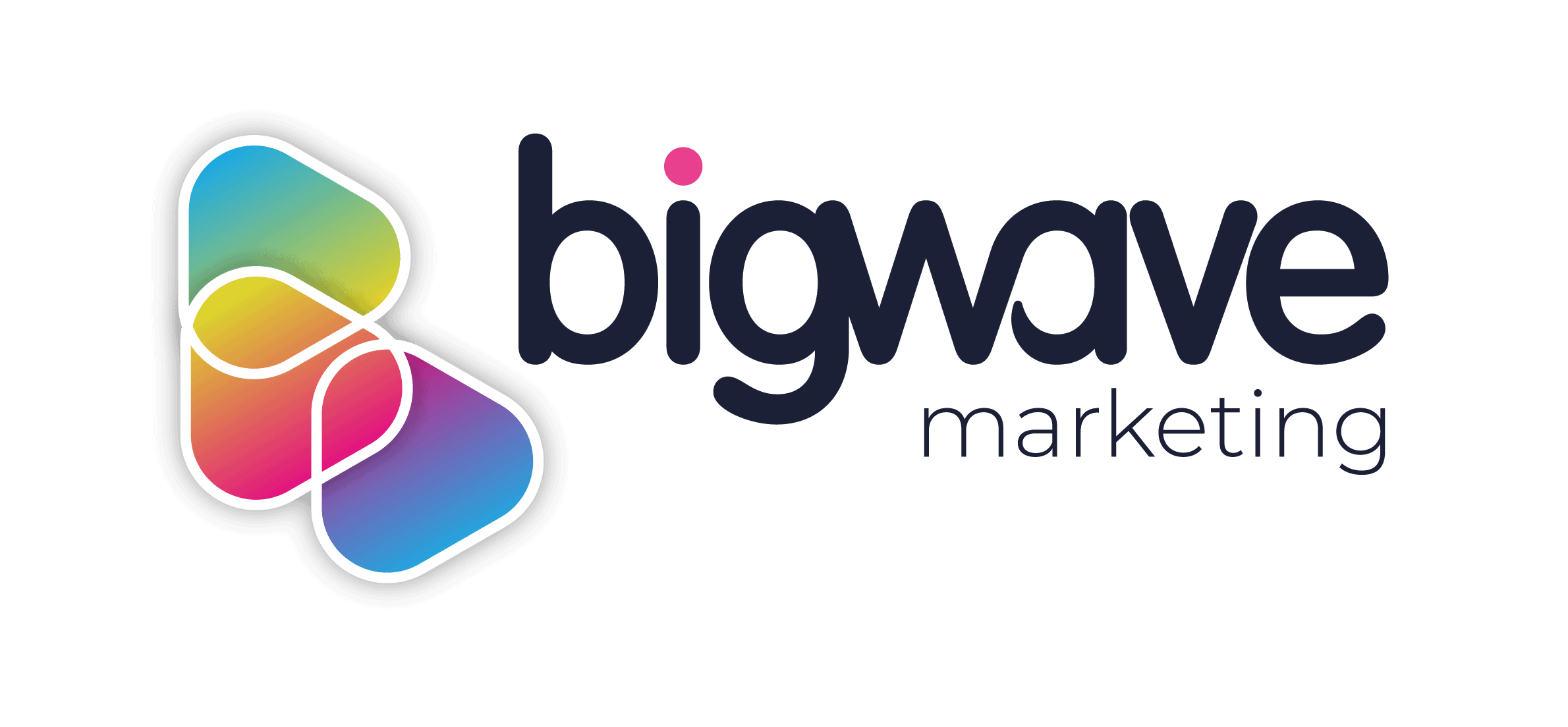Charlotte Brown is an undergraduate BSc Psychology Student at the University of Exeter. When her nose isn’t stuck in a book, she’s studying, writing for the Slow Food on Campus Society, or eating a Subway.
The common definition of psychology is that it’s the scientific study of human behaviour. For marketers, the human behaviour of interest here is how customers engage with and buy from your specific business.
How do we use this link to boost marketing strategies and position ourselves – scientifically – in our potential customers’ good books?
Why does it matter?
It’s all well and good to take strategies at face value, but knowing the ‘why’ of how marketing works can give your business the edge. Getting into the mind of your audience and understanding why they do what they do on your website and social media gives you the unique knowledge to tailor your marketing strategy and maximise its effectiveness. A little insight from psychological theories can go a long way in drawing your audience in. If your campaign plans need a refresh, check out these tips using tried-and-tested psychological research to enhance your brand.
Following the crowd may not be a bad thing
The concept of ‘being a sheep’ isn’t all bad. Asch famously found that after actors all deliberately gave the incorrect answer to very easy puzzle questions amongst a group of people, roughly 75% of people followed suit and also said the wrong answer to avoid standing out.
If we apply this to marketing, we can conclude that widespread support of your brand from professionals and industry leaders encourages consumers to follow their lead and invest in your brand as well. This is perhaps most obvious with Apple – everyone and their mother has an iPhone and it’s very easy to just follow along with the trend to fit in. This isn’t even touching the fact that, according to their marketing, every single toothpaste brand seems to have 4 out of 5 dentists recommending it. Take advantage of this phenomenon by making the widespread approval of your brand known through your marketing.
Familiarity is a friend
The more we see something, the more we like it. In the 1960s, Zajonc demonstrated this mere exposure effect by asking people to give the meanings of various Chinese characters. The more frequently someone was shown the character, the more positive meaning they gave. You can see this for yourself in daily life with songs that tend to ‘grow on you’, for example.
This finding stresses the importance of getting your brand out there. Repetition can be a good thing in this case – even if someone doesn’t necessarily register that they’ve seen your advertising, they’ll be more likely to prefer your brand over competitors later. Social media marketing is the perfect way to do this!
We see what we want to see, so make your message stand out
In one of the more well-known studies, people were asked to count the number of times a team in white t-shirts passed a ball to one another while ignoring the team dressed in black. Easy enough! However, what about when people were asked to recall if they’d noticed the man in a gorilla suit standing in the centre? The resounding response was, “What gorilla?”
This Harvard University experiment is a classic case of selective attention. People were so focused on only the team in white that they completely missed any other activities going on around them, even those relating to surprise primates.
Make sure your websites and marketing materials grab consumers’ attention and get straight to the point. If people get distracted by peripheral adverts or unimportant messaging, there’s a big chance that they’ll miss what’s right in front of them. This can be prevented by working to tailor content to your demographic and keeping up with which elements of your designs work and which don’t.
Kindness is key
In true British polite fashion, we often feel obliged to give something back to people who have helped us. Waiters in early 2000s research saw a 20% increase in tips by simply giving customers an after-dinner mint, pausing, then giving them a second one and saying it was just for them (considering they said the same thing to multiple people during the research, it was a slight fib, but hey, it worked!).
The principle of reciprocity encapsulates this social norm. This is also one of the easiest to follow in terms of marketing: simply increase customer engagement by offering exclusive deals to loyal customers and just generally helping them out and offering great service. The good karma will come back round for your brand with positive testimonials, more sales, and the like.
If you can’t beat them, join them
Even in pretty meaningless situations, we tend to prefer people who are like us – our ‘in-group’. We use our in-group as a reference point for how to behave, what our opinions are, and more. The preference for our ingroup is a phenomenon known as in-group favouritism.
Goldstein, Cialdini, and Griskevicius (2008) showed that just by giving customers an idea of how customers like them have behaved in the past, they change their behaviour. Hotel guests were presented with 3 phrases: either ‘help save the environment’, ‘75% of hotel guests in this hotel reuse their towels,’ or ‘75% of hotel guests in this room reuse their towels’. The final two messages, which applied to the guests themselves, encouraged them to reuse towels roughly 10% more of the time.
Marketers can apply this by using testimonials from previous customers or by suggesting that other potential customers in the same situation used their brand and had good results. The main idea is to establish that by using your business, customers will be part of the desired in-group.
Wondering where to get started? Bigwave can help you streamline your digital marketing and accurately target your audience for quick and efficient results. Find out more here.

